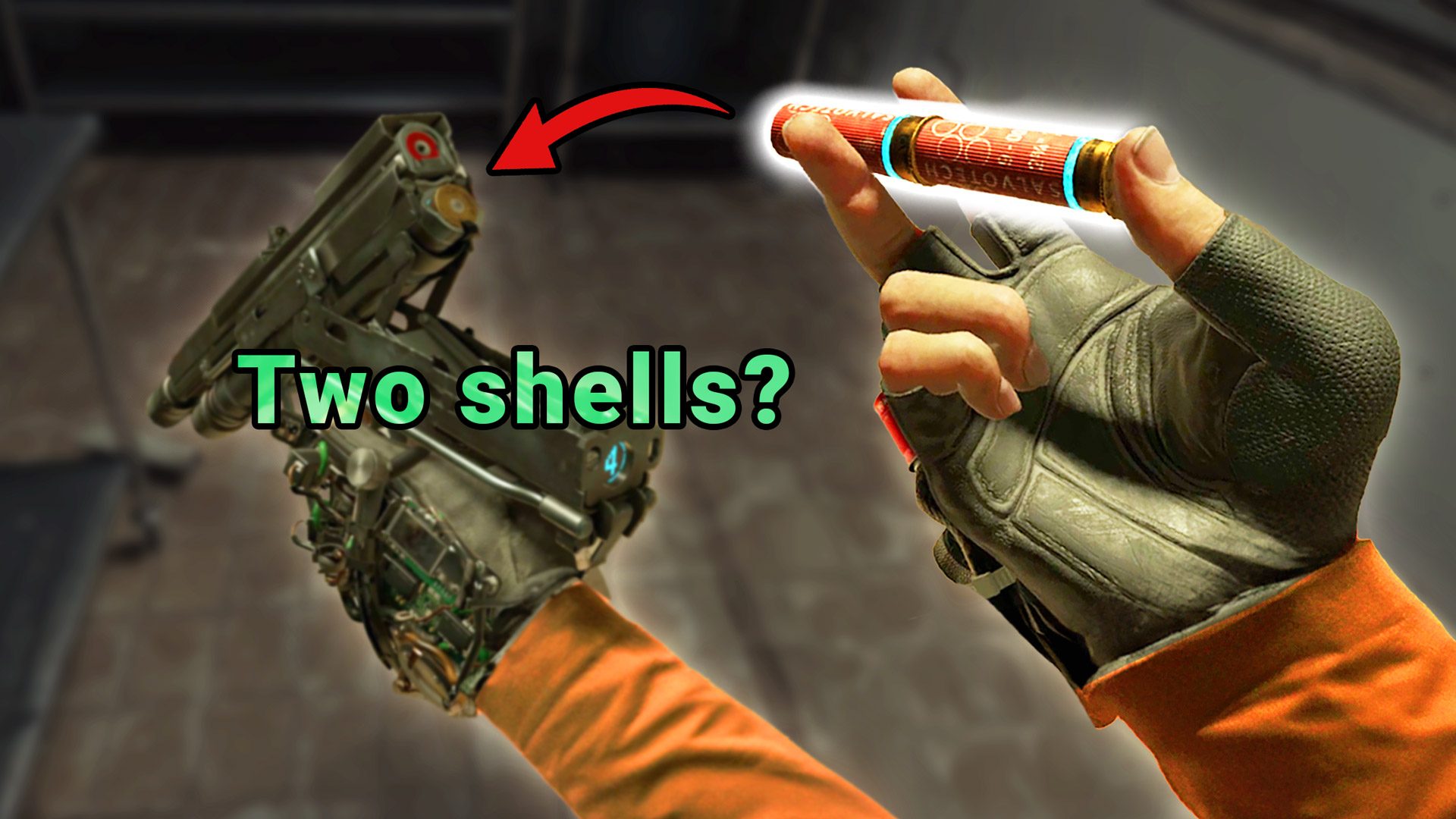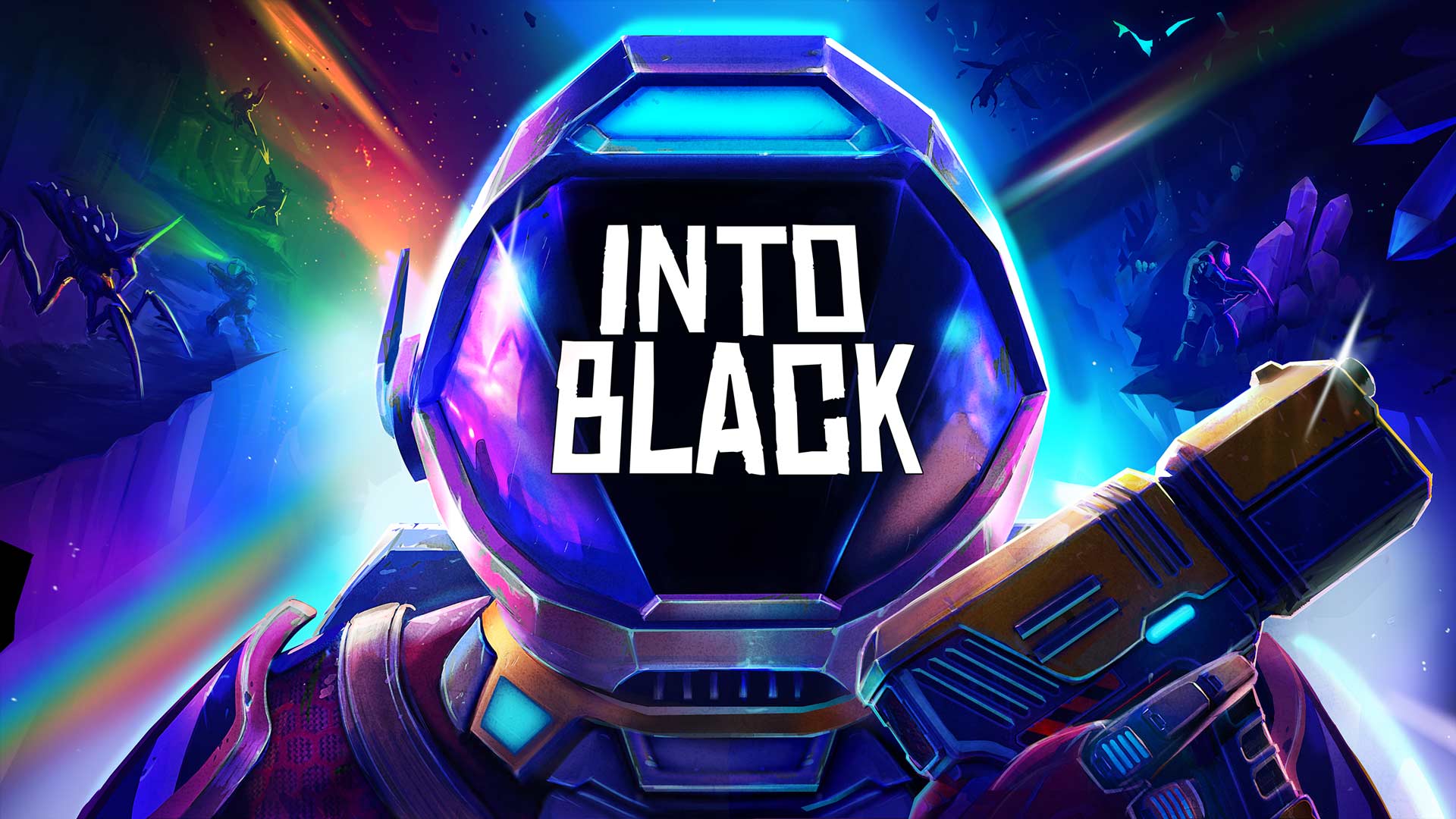In the world of Assassin’s Creed Shadows, a unique issue has captured the attention of players. A rare glitch sometimes traps the game in “Ink” mode indefinitely after completing an assassination. Surprisingly, instead of frustration, this bug has stirred intrigue, with some players eagerly suggesting that Ubisoft should consider transforming this glitch into a permanent feature. Despite the bug, Assassin’s Creed Shadows stands out for its polish and engaging gameplay.
Following a couple of anticipated delays, Ubisoft finally launched the newest chapter in its iconic series across PC and the latest consoles on March 20. The game’s debut was nothing short of stellar, attracting over a million players in mere hours. The quick embrace by the gaming community suggests that Ubisoft might have a significant success on its hands. In addition to its engaging narrative, players praised the game for its smooth release, with minimal technical hiccups and sharp performance across platforms.
While early players of Assassin’s Creed Shadows ran into some bugs typical for new releases, not all glitches received negative feedback. On the contrary, the bug that locks the game in “Ink” mode has won over many fans. First brought to light by Reddit user ManuDOMB, this glitch retains the ink filter effect that usually dissipates quickly after an assassination. The discovery has left a portion of the game’s community asking Ubisoft to consider integrating this mode more permanently, an idea gaining traction among players who find the aesthetic appealing.
The details of why the game lingers in this mode aren’t completely clear, but reports of the glitch highlight its rarity. This scarcity, however, seems to only add to its allure. Reddit users like ManuDOMB have gone so far as to call it “cool,” sparking broader discussions about the potential merits of making it a permanent fixture in the game.
Players can mirror this visual style through still captures in the game’s photo mode, where the Ink filter alters the aesthetic. This mode transforms all characters into grayscale while applying a parchment-like tan to the environment, contrasting with vividly red blood for dramatic effect. Since the assassination screen already runs a live version of this filter, integrating it as a permanent feature might not be too demanding for Ubisoft. However, whether the entire game could be effectively played in this manner remains up for debate. This idea isn’t unprecedented; games like Ghost of Tsushima with its Kurosawa mode and other titles such as Cuphead and Uncharted 4 offer unique visual modes that completely shift their artistic direction.
In essence, while bugs typically mar a game’s experience, Assassin’s Creed Shadows demonstrates how even mishaps can spark creativity and stir enthusiasm within the gaming community, paving the way for potential innovations in game design.














































